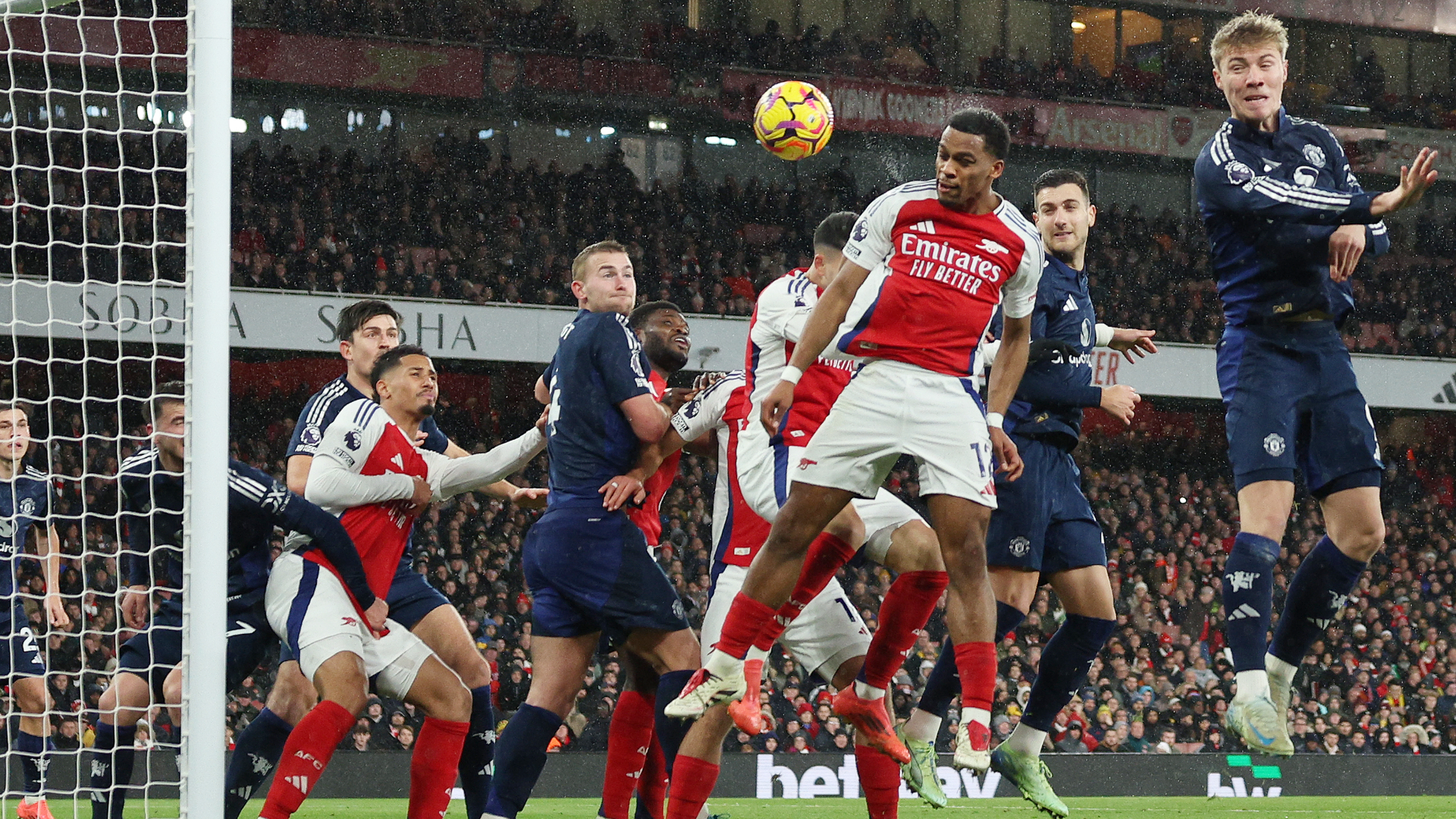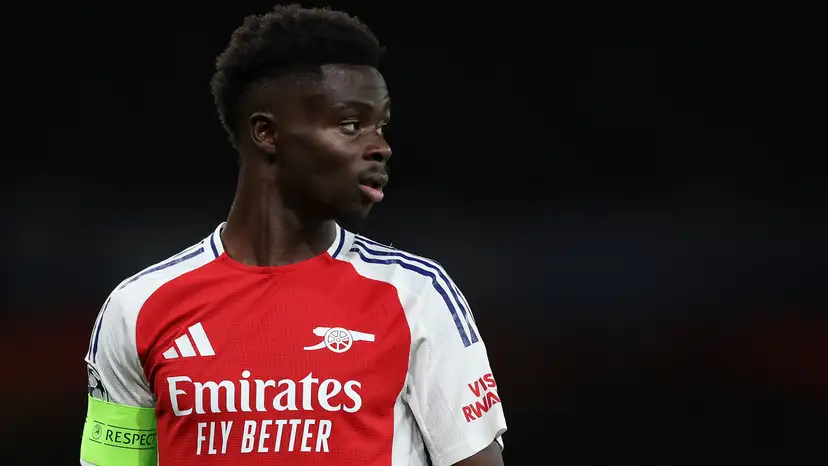Setpieces : The Secret Weapon of the Modern Game
How Clubs Are Becoming More Aware of This

When Arsenal signed Nicolas Jover in 2021, few paid much attention. He was a set-piece coach ,a quiet, background figure in a world obsessed with transfers and tactics. Fast forward to today, and every Premier League defender knows his name. Arsenal’s corners have become a nightmare to face, their free kicks a constant threat. What once seemed like a small backroom addition has turned into one of Mikel Arteta’s sharpest weapons. The transformation tells a wider story. Across football, set pieces have made a comeback. In an era where open-play margins are smaller and pressing has reached its limit, teams have turned to the dead ball for fresh advantages. Set pieces are no longer about luck or chaos; they’re about structure, detail, and execution.
For years, set pieces were the unwanted part of the game. They belonged to sides built on power and disruption rather than finesse. Stoke City under Tony Pulis, Bolton under Sam Allardyce, or even early-era Burnley under Sean Dyche thrived on them, long throws, second balls, and crowded six-yard boxes. It was efficient football, but not admired football. The elite wanted control. Pep Guardiola’s Barcelona and Arsène Wenger’s Arsenal made open-play dominance a form of art. The idea of scoring from a corner felt like a compromise. Supporters valued possession, patterns, and precision, not a loose ball falling kindly after a scramble. The irony is that while the football world moved toward beauty, it forgot one of its simplest routes to victory. That gap in thinking is what modern coaches have exploited.
Analytics changed everything. Once clubs began tracking every phase of play, one figure stood out: around 30% of goals in top leagues came from set pieces. For something that happened dozens of times per match, it had been largely ignored. Coaches realised they couldn’t script open play, but they could script a corner. They could plan who runs where, who blocks, who attacks the space, and even how the second ball should be chased.
That’s how the age of the set-piece specialist began. Nicolas Jover arrived at Arsenal from Manchester City. Brentford hired Bernardo Cueva(he then left for Chelsea), an analyst dedicated solely to dead-balls. Gianni Vio worked with Italy during their Euro 2020 win, creating countless variations on simple routines. The logic was clear: in a sport where control is rare, set pieces offered a moment of total control. Teams began to measure “set-piece xG,” delivery zones, and blocking effectiveness. Every corner became a miniature playbook. What used to be treated as luck became something you could train, refine, and repeat. In tight matches, that control can mean everything.
Arsenal under Jover are the clearest example of this shift. Since his arrival, the club has become one of, if not the most dangerous sides in Europe from corners and indirect free kicks. Their success isn’t about height alone, it’s about movement, structure, and the quality of delivery.
Each Arsenal routine follows a pattern. Some players create traffic inside the box to block markers, others make delayed or curved runs toward open spaces. The aim is to free one player at the right moment. But the delivery is what makes it work. Declan Rice, Bukayo Saka, and Martin Ødegaard have become reliable set-piece takers, mixing pace with precision. Their deliveries rarely hang in the air, they’re driven, flat, and difficult to defend. That consistency gives Arsenal repeatable quality, turning every corner into a calculated threat.
The numbers back it up. Since 22/23, Arsenal have ranked first in the Premier League leaders in both set-piece goals and expected goals from set plays. They’ve built a reputation for scoring in matches where open play stalls, and opponents have started adjusting their marking systems just to cope.
This success has also changed how fans and pundits view the phase. Arsenal’s goals from corners no longer look scrappy; they look rehearsed, coordinated, and professional. Their set pieces have become an extension of Arteta’s football, not a shortcut, but another form of control and while they are repeatedly trolled for it, Mikel Arteta and his boys will not care as the setpieces work and work effectively.
Set pieces used to feel messy, a crowd of bodies, a hopeful cross, and a lucky rebound. Now, they look almost like rehearsed theatre. Every player’s movement has a purpose. Some run to draw defenders away, others hold their ground to block, and one or two attack the exact space the delivery is aimed for. When it works, it looks effortless, but the beauty lies in how precise it all is.
Fans are starting to see that, too. What was once dismissed as a scrappy goal is now recognized as a well-drilled plan. Arsenal’s recent routines show that balance: Declan Rice curling in a flat cross, Gabriel timing his leap, or a short corner that ends with Ødegaard’s delivery to the far post. These moments aren’t born from luck, they come from dozens of hours on the training ground. The same principle applies across Europe. Inter Milan, Atletico Madrid, and this season Chelsea, have built routines that look smooth but are rooted in structure. Set pieces are no longer the opposite of creativity. They are indicators of creativity, just a different kind.
As attacking sides got smarter, defences had to evolve. Clubs realised they could not rely on old-fashioned man marking when teams were running complex routines. The answer has been hybrid systems, half zonal, half man-to-man. Defenders now guard specific spaces while tracking key runners. Goalkeepers are drilled on positioning and reaction to screens.
Manchester City are one of the best examples of this adaptation. Pep Guardiola’s side rarely concede from dead-balls, not because of height, but because of organisation. Every player knows the zone he protects and when to switch markers. Liverpool followed a similar model under Jürgen Klopp, blending zonal lines with aggressive clearances.
It has turned corners into small tactical battles. Each delivery tests not just height or strength but preparation. Every weekend, a set piece now feels like a chess problem, one team trying to spring a trap, the other trying to spot it before it unfolds.
The rise of set-piece innovation reflects something deeper about modern football. At the top level, the margins are microscopic. Teams press the same way, pass with similar patterns, and defend with near-perfect structure. The difference often comes from a single detail, one routine, one delivery, one clever screen.
Set pieces offer that detail. They are a part of the game that can be completely rehearsed. A team might only get six or seven real chances per match, and half of those might come from dead-balls. Coaches know that one successful corner could change a season. Arsenal’s title push in past seasons and their contention again this season, Brentford’s consistency, or even Italy’s success at Euro 2020 all underline that point.
The numbers keep proving it, around a third of all goals in top leagues still come from set pieces. Ignoring them now would be like giving away a third of your scoring opportunities. In a game where control is everything, the dead ball is the one area teams can truly control.
Set pieces used to be moments of chance. Now, they are moments of calculation. Arsenal’s evolution under Jover shows how far the modern game has come, from dismissing corners as scraps to designing them like blueprints. What happens in those few seconds between the whistle and the delivery can decide entire seasons.
This is football’s new frontier. The best teams no longer leave dead-balls to instinct; they script them. The rest are catching up. In a sport defined by unpredictability, set pieces have become the one part that can be mastered, and that mastery is quietly reshaping how the game is won.








